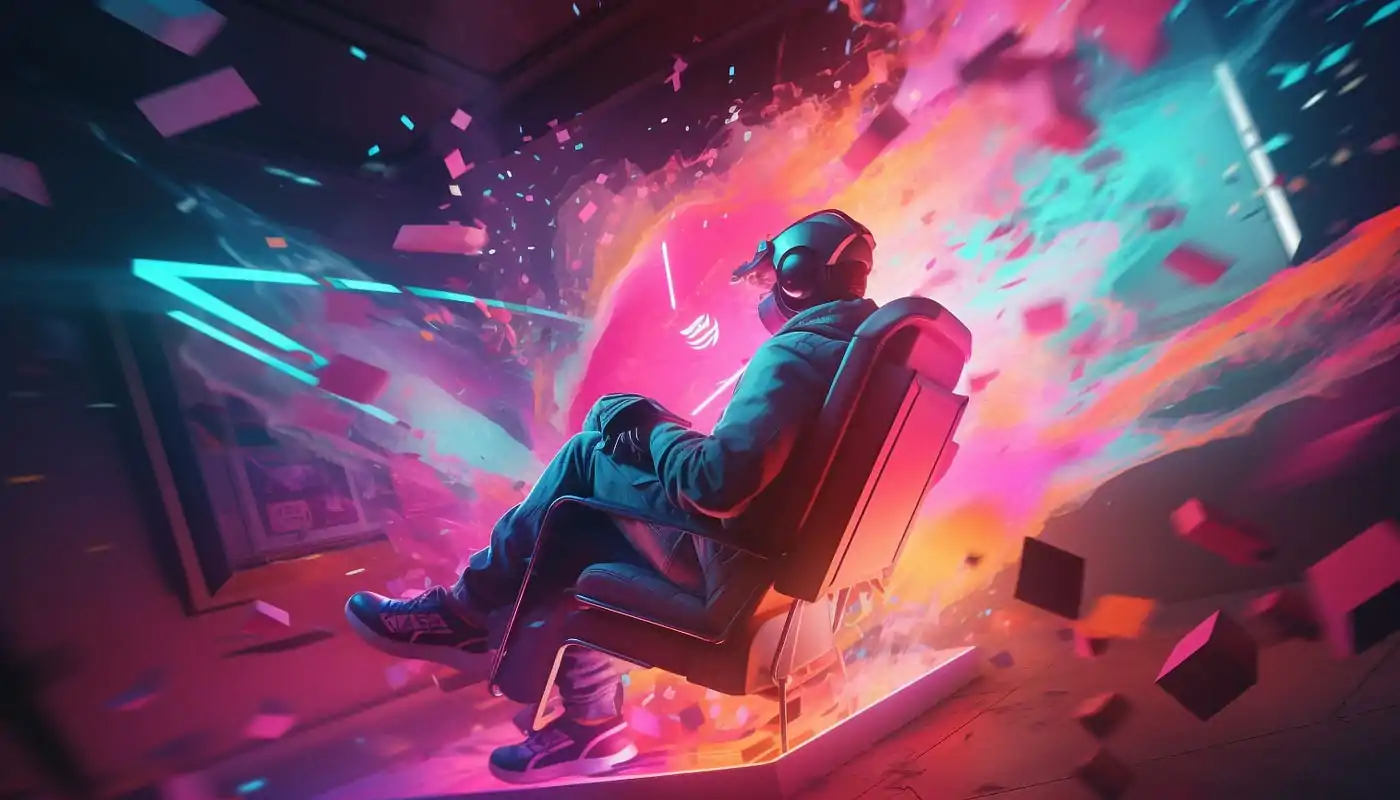
Indie games have a unique advantage over mainstream titles: freedom. While AAA games churn out the same predictable narratives wrapped in expensive cutscenes, indie games take risks. Some barely use dialogue yet hit harder than a Hollywood drama.
No corporate meddling, no recycled open-world bloat, just pure creativity. Indie developers do whatever they want, and that’s why their stories hit harder. It’s not about deep lore, because yea, most players skip it. It’s about using mechanics, aesthetics, and player agency to tell stories in ways traditional media can’t.
Some barely have dialogue yet leave a stronger impact than Hollywood dramas. Others break the fourth wall, twisting expectations—kind of like Yolo 247 casino, where you think you’re in control, but the house always wins. These games mess with you, proving that true narrative power lies in interactivity.
When Silence Speaks Louder Than Words
Indie games usually go for a minimalist approach when it comes to storytelling. They tend to cut out the extra dialogue and avoid over-explaining things, focusing instead on telling the story through the environment, letting players interpret what they see, and building the world in a more subtle way.
No five-minute cutscenes explaining why the protagonist is oh-so-traumatized, no NPCs vomiting lore at you like a malfunctioning audiobook—just pure, immersive storytelling. What’s great about this approach?
It relies on the player to think for themselves. These games really let you dive into the story on your own, so when you uncover something new, it feels like a true achievement. Honestly, piecing together a world’s history through cryptic clues feels way more satisfying than being spoon-fed another tired “chosen one” narrative.
| Technique | Example | Why It Works | How to Implement It |
| Environmental Details | Inside (Playdead) | The eerie, dystopian setting reveals societal oppression without a single word. | Use color, lighting, and background elements to hint at a deeper story. |
| Body Language & Animation | Journey (Thatgamecompany) | Characters communicate through movement and glowing signals, evoking emotion wordlessly. | Ensure animations convey emotions clearly without needing text or dialogue. |
| Ambiguous Narrative | Outer Wilds (Mobius Digital) | Encourages players to piece together the story through discovered relics and recordings. | Scatter lore pieces in a way that players can assemble them non-linearly. |
| Symbolic Objects | Hollow Knight (Team Cherry) | Items and locations subtly reference past events, making players piece together the history. | Design objects and locations with hidden meanings for observant players. |
| Sound Design & Music | Limbo (Playdead) | Absence of music in certain areas creates tension, while sound effects guide emotional shifts. | Use silence strategically and allow ambient sounds to heighten immersion. |
Great tips for telling stories without words in Indie games:
- Trust the Player’s Intelligence – Wild idea: maybe don’t assume your audience needs every little thing spelled out in giant, flashing neon letters.
- Let Players Interpret the Story – Ambiguity is your friend. If players are arguing over what your game’s ending really means, congrats—you did something right.
- Make Every Detail Count – If your worldbuilding consists of nothing but empty corridors and random collectibles, what’s the point?
- Silence is a weapon – There’s just something about total silence that really ramps up the tension. Unless your game is a horror title filled with constant violin screeches, then maybe you should think twice about that.
Silent storytelling is all about making each moment count. Indie games really shine in this area because they trust players to discover things for themselves. It’s like, you know, being all grown up.
Player Choices That Aren’t Really Choices
Oh, the big trick of player agency—it’s one of the oldest gags in gaming history! Big-budget RPGs often hype up the idea that your choices matter, but then you find out that all your decisions just lead you to one of three similar endings. Yeah, we are talking about you, Mass Effect 3.
On the other hand, indie games are pretty straightforward about it. Rather than giving you the feeling of control, they just poke fun at it, making players face fate, consequences, and the awkward truth that free will in video games isn’t really a thing.
| Game | How It Tricks You | Why It’s Brilliant |
| Undertale (Toby Fox) | Remembers your past actions, even if you reset the game. | Forces you to live with your mistakes—or restart your entire save. |
| Papers, Please (Lucas Pope) | Every decision has a cost, no right answers. | Makes you feel terrible no matter what you choose. |
| The Stanley Parable (Galactic Cafe) | Constantly ridicules your illusion of free will. | It’s like a little nudge that says you’re just sticking to the script, playing your part like a good player. |
These games weaponize choices. They let you think you’re making meaningful decisions, only to pull the rug out from under you. They make you question whether you were ever in control to begin with.
That’s more engaging than yet another morality system where Good Ending = Save Everyone and Bad Ending = Kick Puppies.
So next time a game asks you to choose your fate, remember: the developers have already decided for you. And if it’s an indie game, they’ll make sure you feel it.
Breaking the Fourth Wall
Many games are content to keep you in your cozy gamer bubble, allowing you to “immerse yourself” in their stories while comfortably tucked behind a screen. But what about indie games? Oh no, they definitely aren’t that mercy.
Rather than simply sharing a story, they pull you right in, making you feel every bit of the chaos, happily reminding you that you’re not just watching from the sidelines—you’re in the thick of it now.
- Doki Doki Literature Club! – Deletes characters and manipulates game files. Turns a cute dating sim into existential horror—thanks, Monika.
- OneShot – Forces you, the player, to interact with the world directly. Makes you responsible for the character’s fate—hope you can live with that.
- Pony Island – Masquerades as a simple arcade game, then reveals you’re trapped in a demonic hacking nightmare. Fun!
- Inscryption – Starts as a rogue-like card game, then hijacks itself halfway through, rewriting its own rules and making you question your reality.
- Yolo 247 – No, it’s not an indie game, but let’s be honest—its algorithm definitely breaks the fourth wall by knowing exactly when to make you win.
Unlike big-budget titles, which politely keep their storytelling within cutscenes (boring), indie games mess with your head. They corrupt your save files, tamper with game mechanics, and sometimes even force you to break the fourth wall yourself just to progress. These games want to unsettle you, control you, and make sure you never feel safe in a game menu again.
Conclusion
And honestly? It’s absolute genius. While AAA studios are busy shoving yet another predictable morality system into their bloated open worlds like press X to be a saint, press Y to commit war crimes.
Indie devs are out here rewiring your brain, one fourth-wall break at a time. They trap you inside stories, toy with your perception, and leave you questioning reality long after you’ve closed the game.
So what are you waiting for? Go download something unsettling from Steam. Just… don’t be surprised if it starts talking back.
 PC Games Full Version Download For FREE
PC Games Full Version Download For FREE



